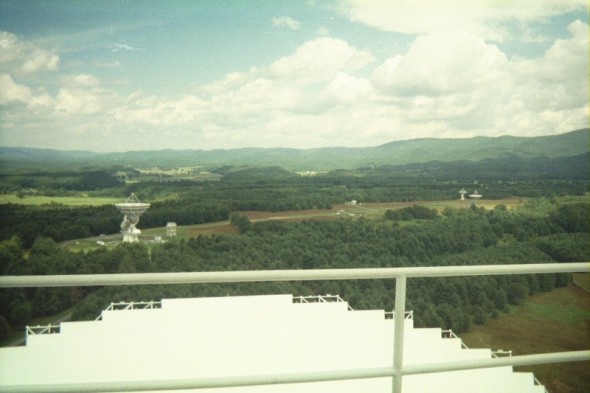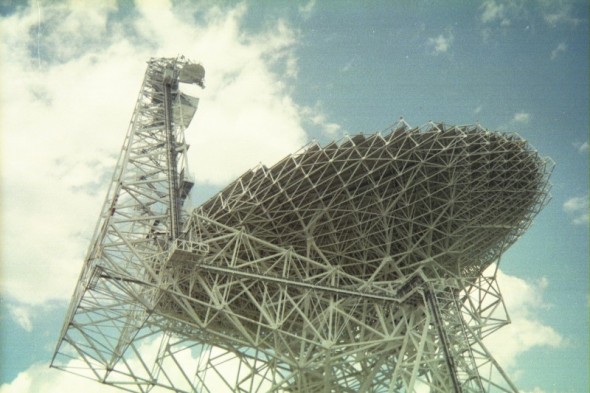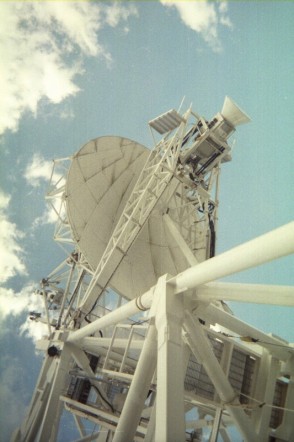IEEE West Virginia Section Telescope Tour
On 8/17/09 members of the IEEE WV section were treated to an amazing interesting and detailed description of the research being done at the NRAO facility in Green Bank WV. After lunch, we were given lectures on the history of the GBT and some of the fundamental issues that it is focused on defining in astronomy. We also heard about the significant technical issues regarding focusing and collecting extremely weak signals in the 200MHz-10GHz region as well as the effects that environmental noise have in degrading these observations. We were then taken on a detailed tour of the GBT itself and saw the primary and secondary focus points and the control room where the signals are collected and converted to optical signals. We also had the opportunity to walk out and explore the surface of the dish as well as to view the actuators that control the focus of the telescope. In addition, we saw the gears and motors that control the angle of the telescope. We were also able to see the cryogenic amplifiers used and have an explanation of their operation as well as a description of the signal processing required to save relevant information from the high frequency signals acquired.
It is very exciting to see the expertise that WV has to offer and I hope that we can work together.
Photographs will follow shortly. However, I wanted to thank all of those at the NRAO that spent large amounts of time giving us a better understanding of the GBT and the engineering and physical principles required for its operation. I wanted to especially thank John Ford for arranging this entire trip and providing an amazing degree of hospitality.
thanks to all
Mark M. Stecker MD, PhD
Vice Chair, WV IEEE section.
Photos
Thank you to Scott Kiddle who took the photos.
|
View of the NRAO site in Green Bank from the top of the green bank telescope.
Picture of the Green Bank Telescope from below.
IEEE members walking on the surface of the Green Bank Telescope (GBT).
The primary focus of the GBT.
The waveguides which are the seconary foci for the GBT. Different size waveguides are used for different frequency observations.
John Ford IEEE WV section member hosting tour of GBT for the IEEE WV section.
|






